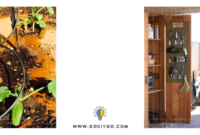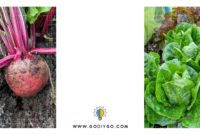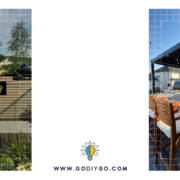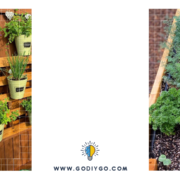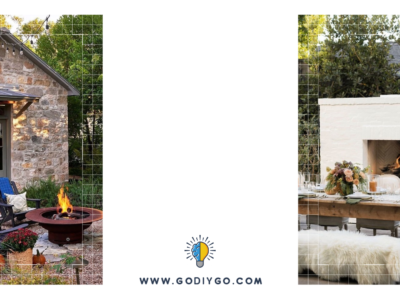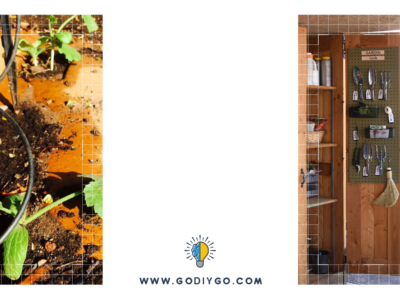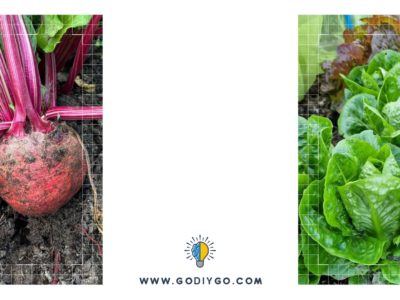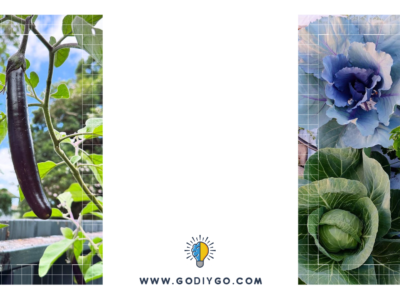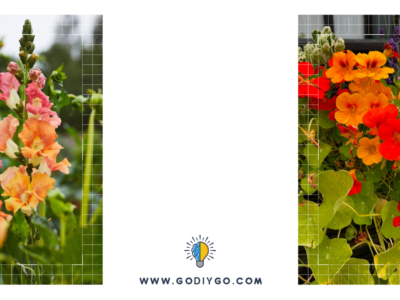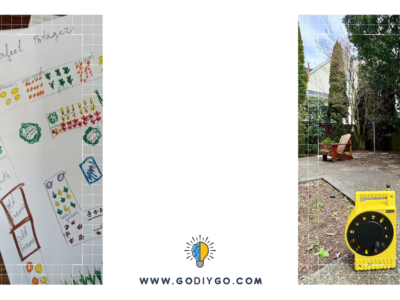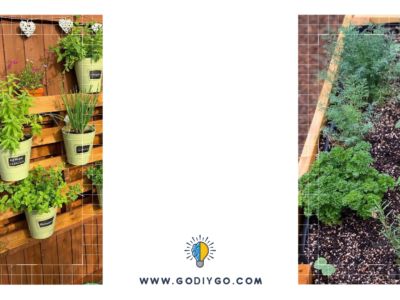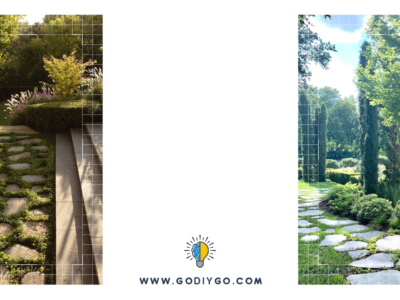Creating a pollinator-friendly summer flower garden is like throwing a party for the local wildlife! By planting a variety of colorful, nectar-rich flowers, you’re not just adding beauty to your garden; you’re also providing a vital food source and habitat for bees, butterflies, and other pollinators. It’s a win-win situation—your garden blooms with life and color, while you help support the incredible creatures that keep our ecosystems buzzing.
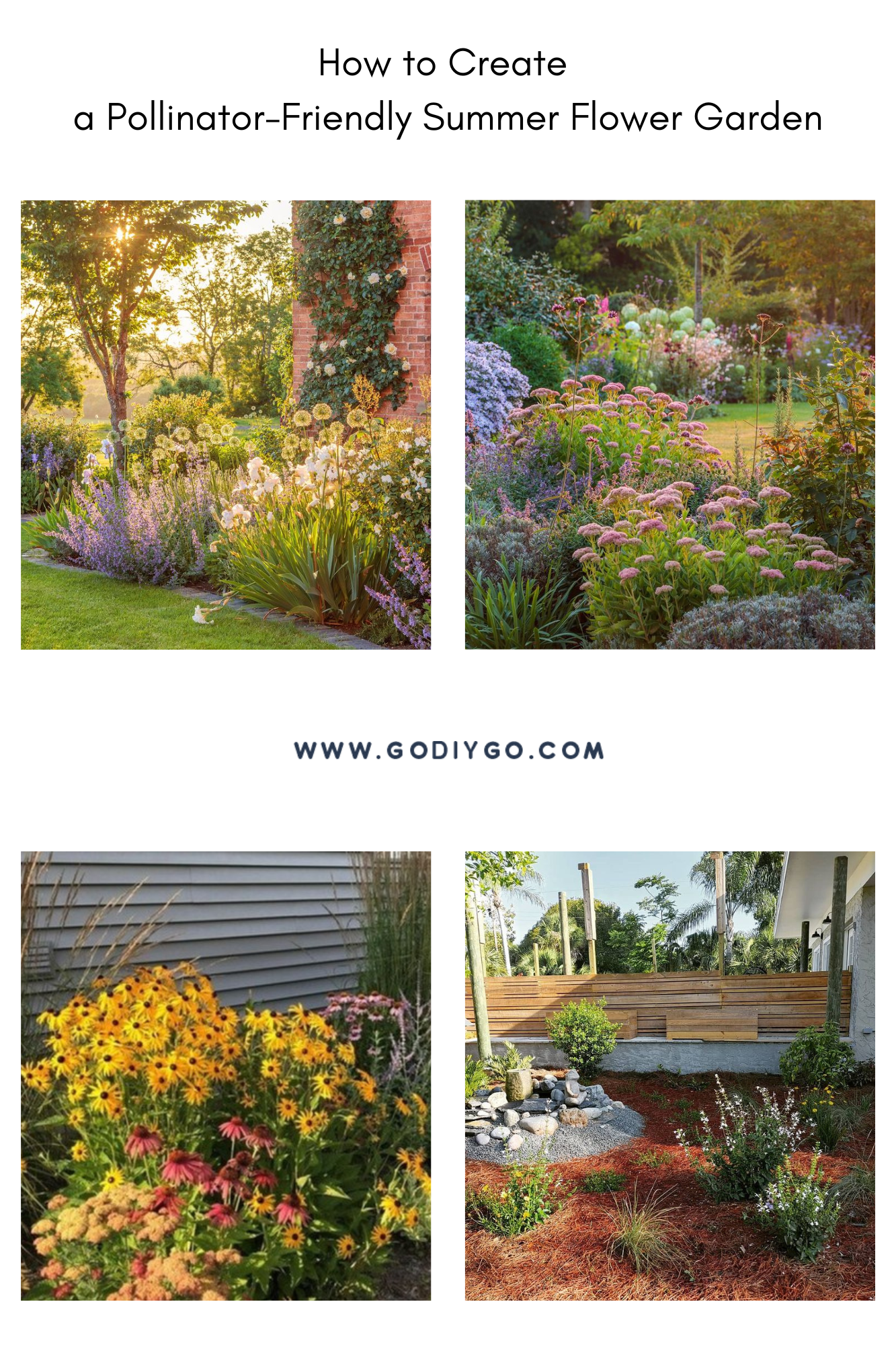
What is Pollinator-Friendly Summer Flower Garden
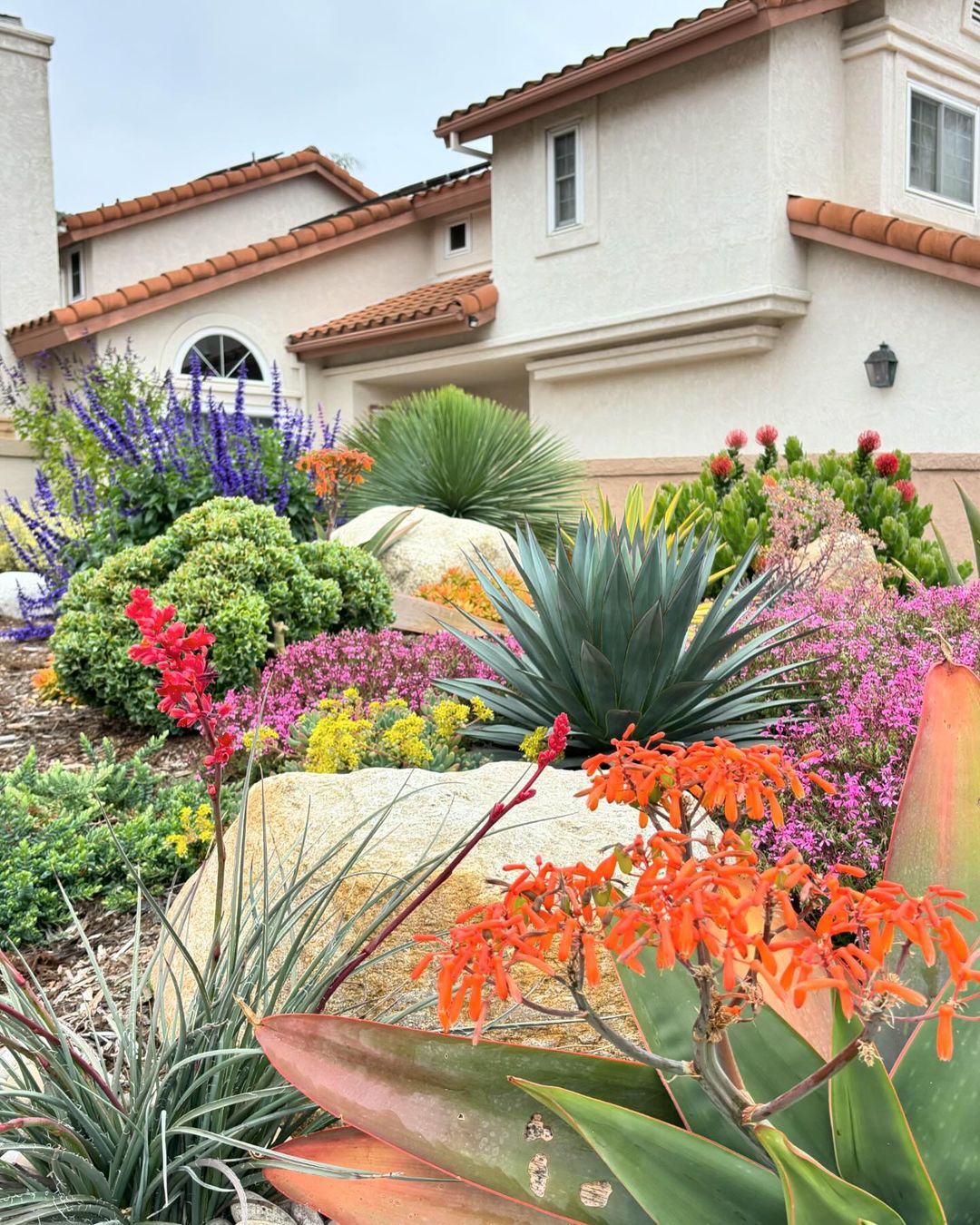
By including plants that are both attractive and beneficial to pollinators, you create a vibrant, thriving ecosystem in your garden while helping to sustain local wildlife. Pollinator garden from @ gardenrhythmsgardenrhythms
A pollinator-friendly summer flower garden is a garden designed to attract and support pollinators like bees, butterflies, and hummingbirds. It features a variety of nectar-rich flowers that bloom throughout the summer, providing a consistent food source for these important creatures.
Tips
1. Choose the Right Plants
Nectar-Rich Flowers: To attract pollinators, choose nectar-rich flowers. Nectar provides the essential energy they need. Here are some excellent options:
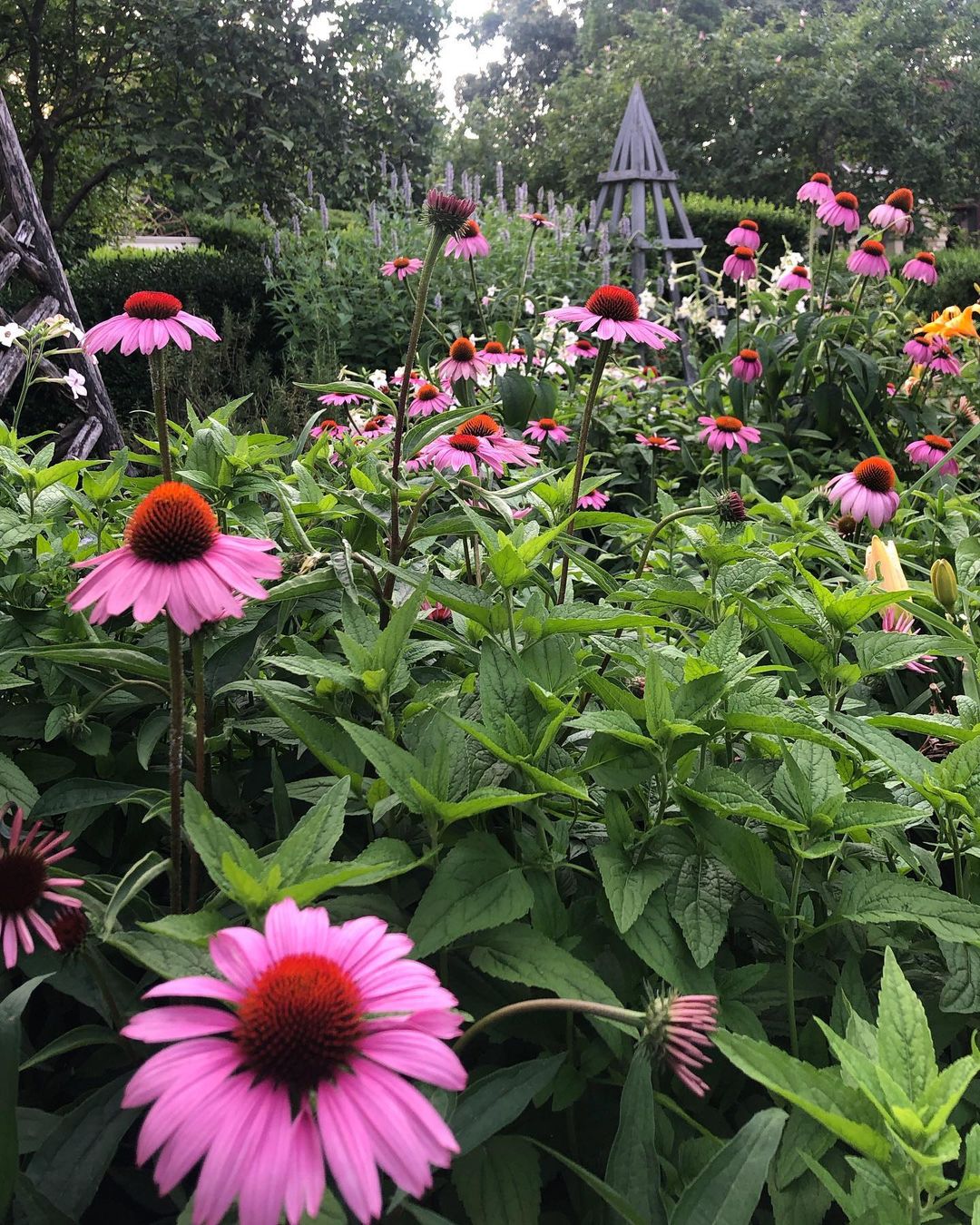
Brighten up your pollinator garden with vibrant coneflowers! Watch the bees and butterflies flock to these nectar-rich beauties all summer long. Coneflowers from @ pallensmith
- Coneflowers (Echinacea): These hardy perennials offer large, daisy-like blooms rich in nectar and are known for attracting a variety of pollinators.
- Black-eyed Susans (Rudbeckia): With their bright yellow petals and dark centers, these flowers not only add vibrant color but also serve as a nectar source.
- Lavender: Its fragrant purple spikes attract bees and butterflies, and it’s also useful for adding a pleasant scent to your garden.
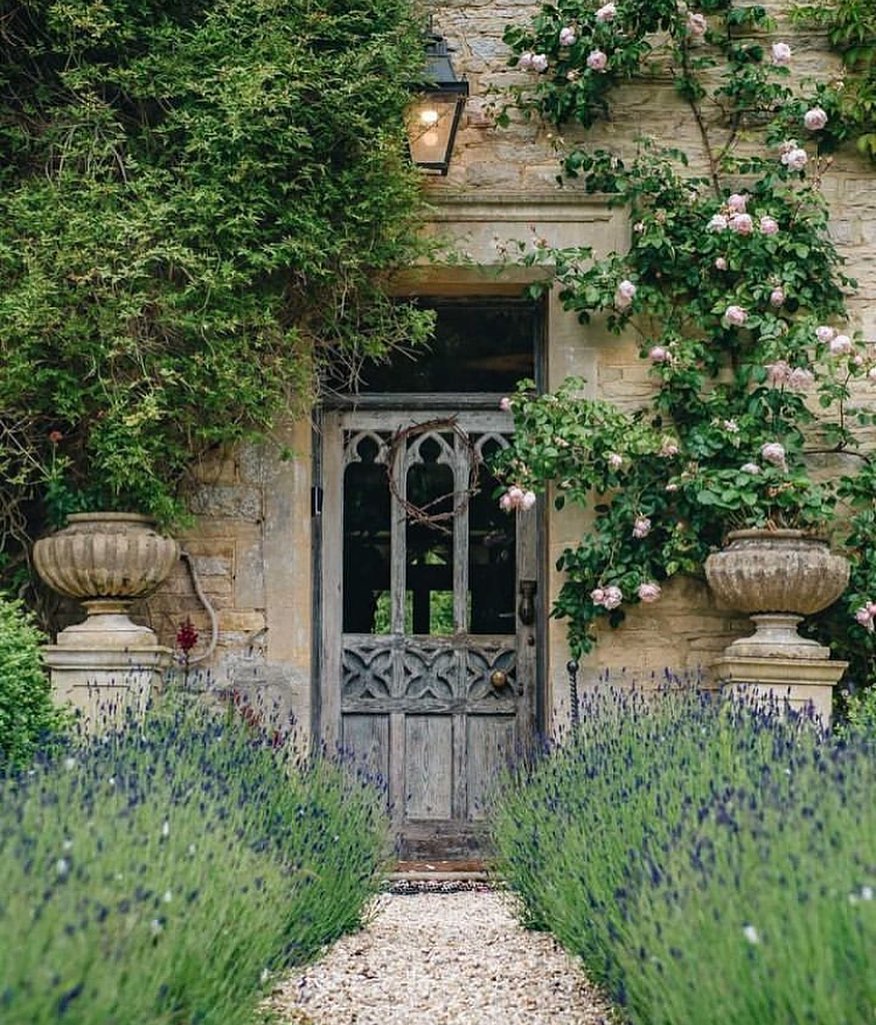
Add a touch of elegance and a whole lot of buzz to your pollinator garden with lavender! Bees and butterflies can’t resist its fragrant purple blooms. Roses and lavender from @ hayman__design
- Bee Balm (Monarda): Known for its bright red, pink, or purple blooms, bee balm is a favorite of bees and hummingbirds.
- Zinnias: These colorful annuals come in various shapes and sizes, making them appealing to butterflies and bees alike.
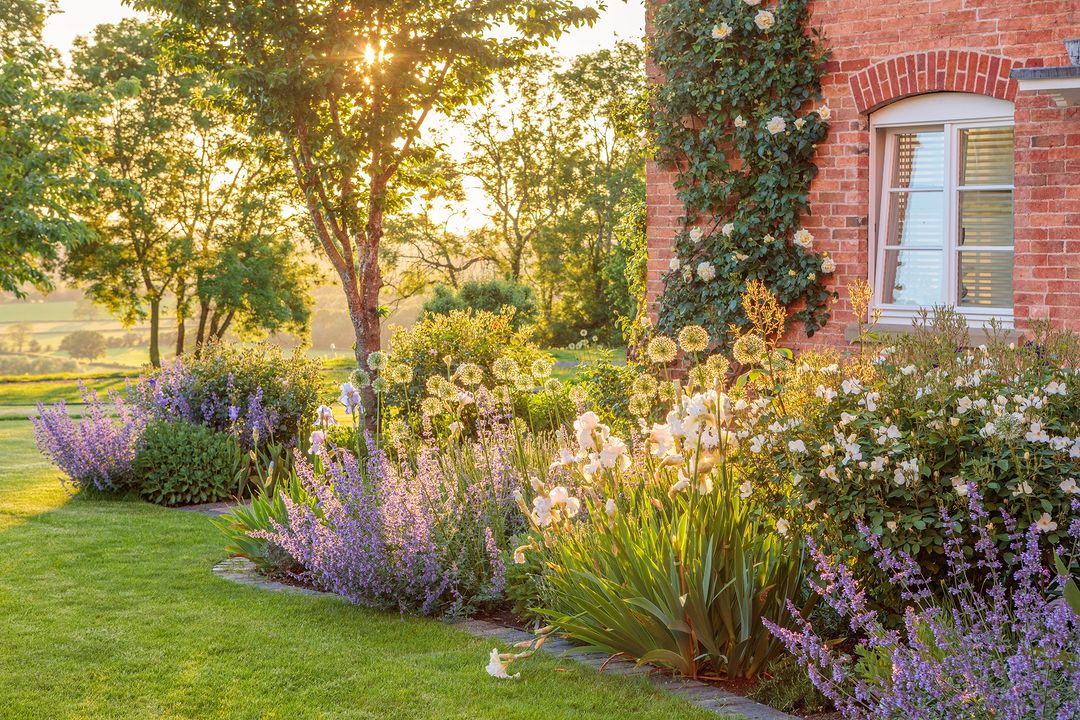
Pollinator gardens are typically filled with vibrant, blooming flowers, adding aesthetic appeal to your yard. Pollinator garden ideas from @ mortonhallgardens
Varied Bloom Times: Keep your garden buzzing all summer by planting flowers that bloom at different times. Start with early bloomers like crocuses, add mid-summer blooms like coneflowers, and finish with late bloomers like asters to extend the season.
Native Plants: Choosing native plants is key for a pollinator-friendly garden. They’re well-adapted to your local climate and soil, making them easier to care for and more likely to thrive. Native plants attract local pollinators with the nectar and pollen they prefer, supporting wildlife and promoting a more sustainable garden.
2. Design Your Garden
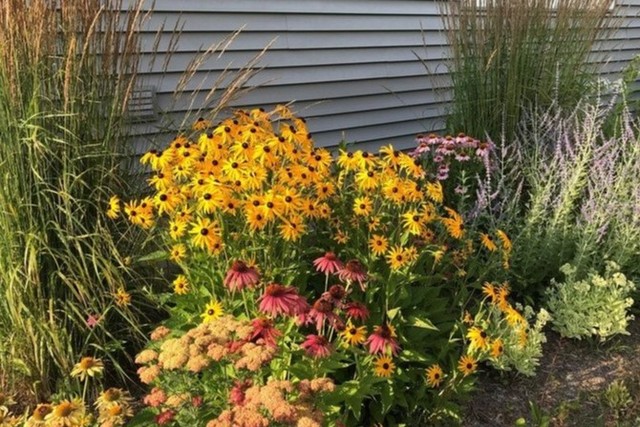
Plants in pollinator gardens can help filter and clean the air, contributing to a healthier environment. Perennials from @ hcgplants
Plant in Clusters: Arrange your flowers in clusters rather than spreading them out. This makes it easier for pollinators like bees and butterflies to locate and access the nectar. By grouping similar plants together, you create a more inviting and efficient environment for these beneficial insects to feed and move between flowers.
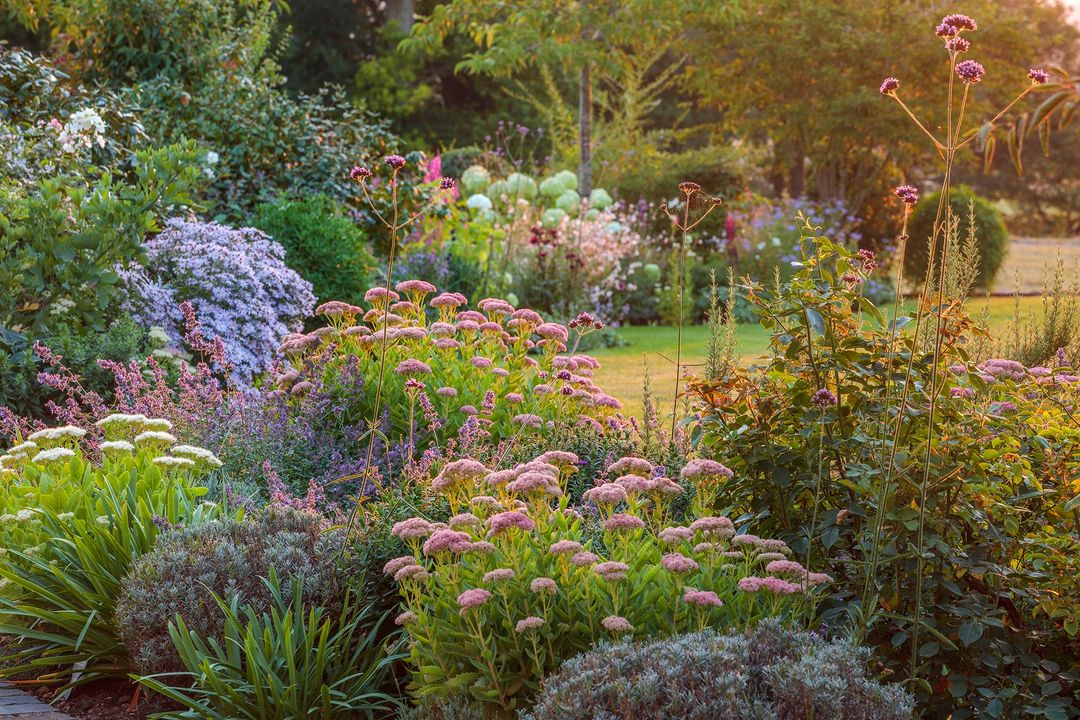
Mix it up! Include low-growing plants, mid-height blooms, and tall flowers to create a buffet of feeding opportunities for all your garden pollinators. English garden from @ mortonhallgardens
Create Layers: To cater to a variety of pollinators, plant flowers of different heights and shapes. Include low-growing plants, mid-height blooms, and tall flowers to offer diverse feeding opportunities. For example, butterflies often prefer flat-topped flowers where they can land, while bees are drawn to tubular flowers they can reach deep into.
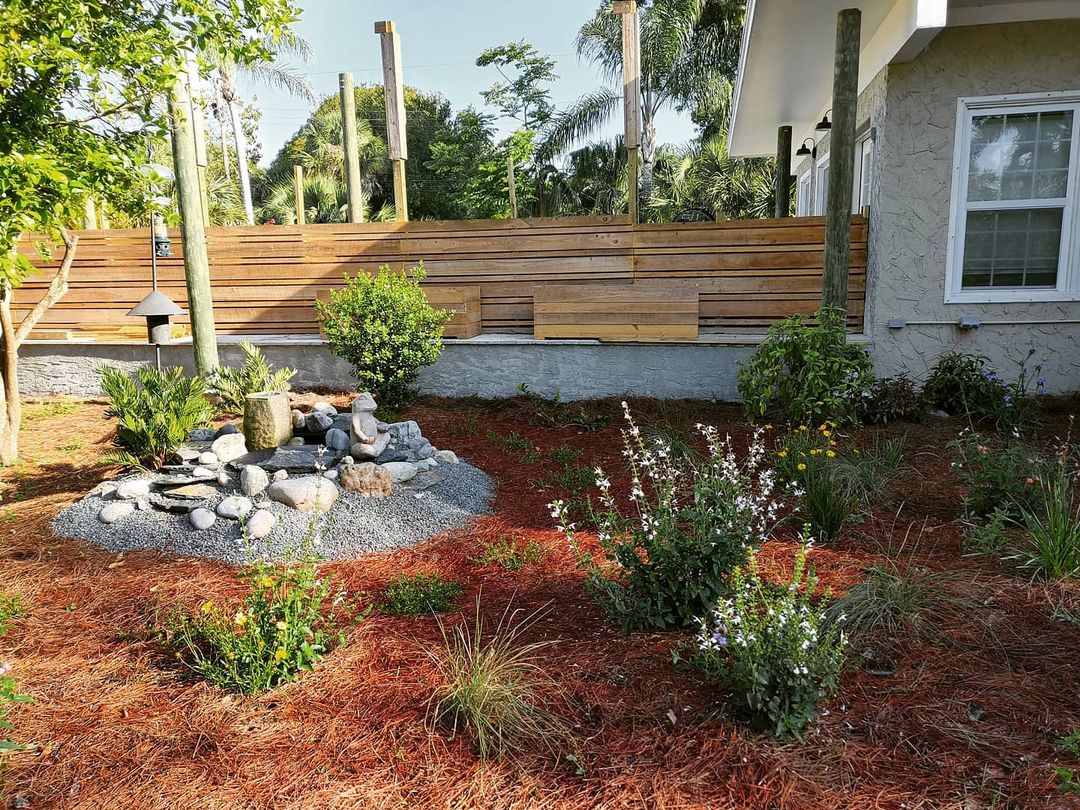
Create a year-round haven with nectar plants, host plants, shelter, and food. Watch your garden buzz with activity. Backyard habitat from @ thewisehands
Provide Shelter: Incorporate elements in your garden that offer shelter and resting spots for pollinators. Adding small shrubs, grasses, or even a pile of twigs can provide crucial resting places and protection from harsh weather or predators. These sheltered spots also help pollinators to thrive by offering a safe space to take breaks between feeding sessions.
3. Support Pollinators Beyond Flowers
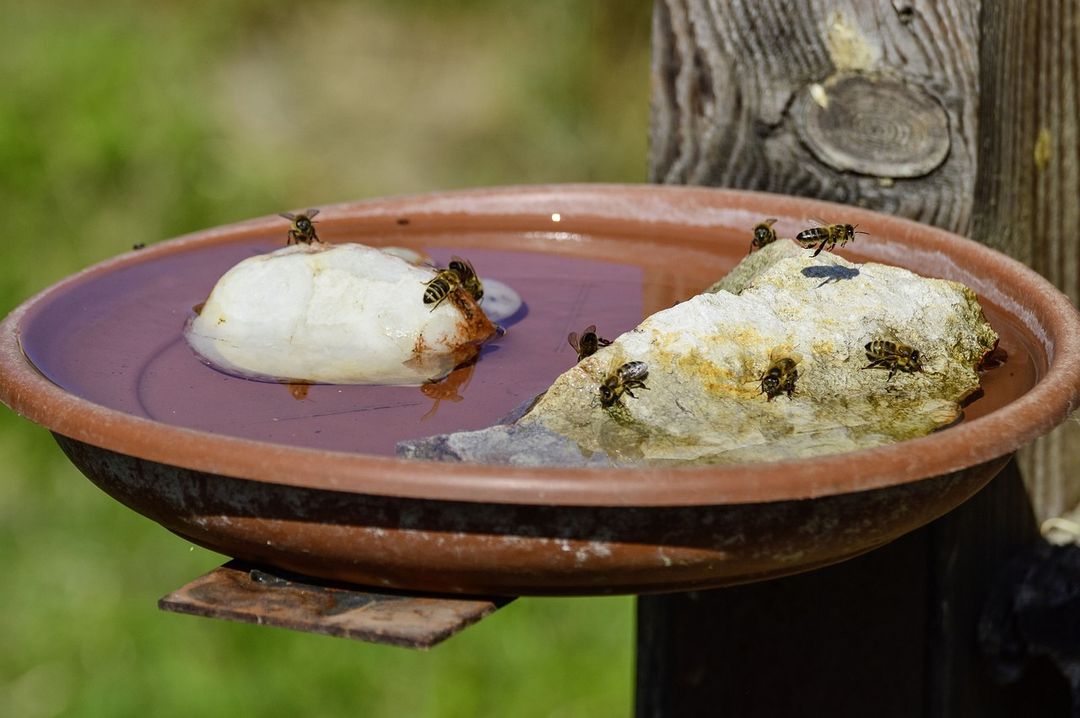
Just like us, bees need clean water to survive. They aren’t the best swimmers, so don’t expect to see them doing the backstroke in your bird bath! Bird bath from @ gradencrossings
1. Add a Water Source
Pollinators need water like any other wildlife. Provide hydration with a shallow birdbath, small pond, or a water dish with stones. Keep the water source clean and accessible to avoid hazards.
2. Avoid Pesticides
Protect pollinators by avoiding chemical pesticides. Use natural pest control methods instead. Introduce beneficial insects, use organic sprays, or plant marigolds. Keeping your garden free from harmful chemicals ensures a safe environment for bees, butterflies, and other pollinators.
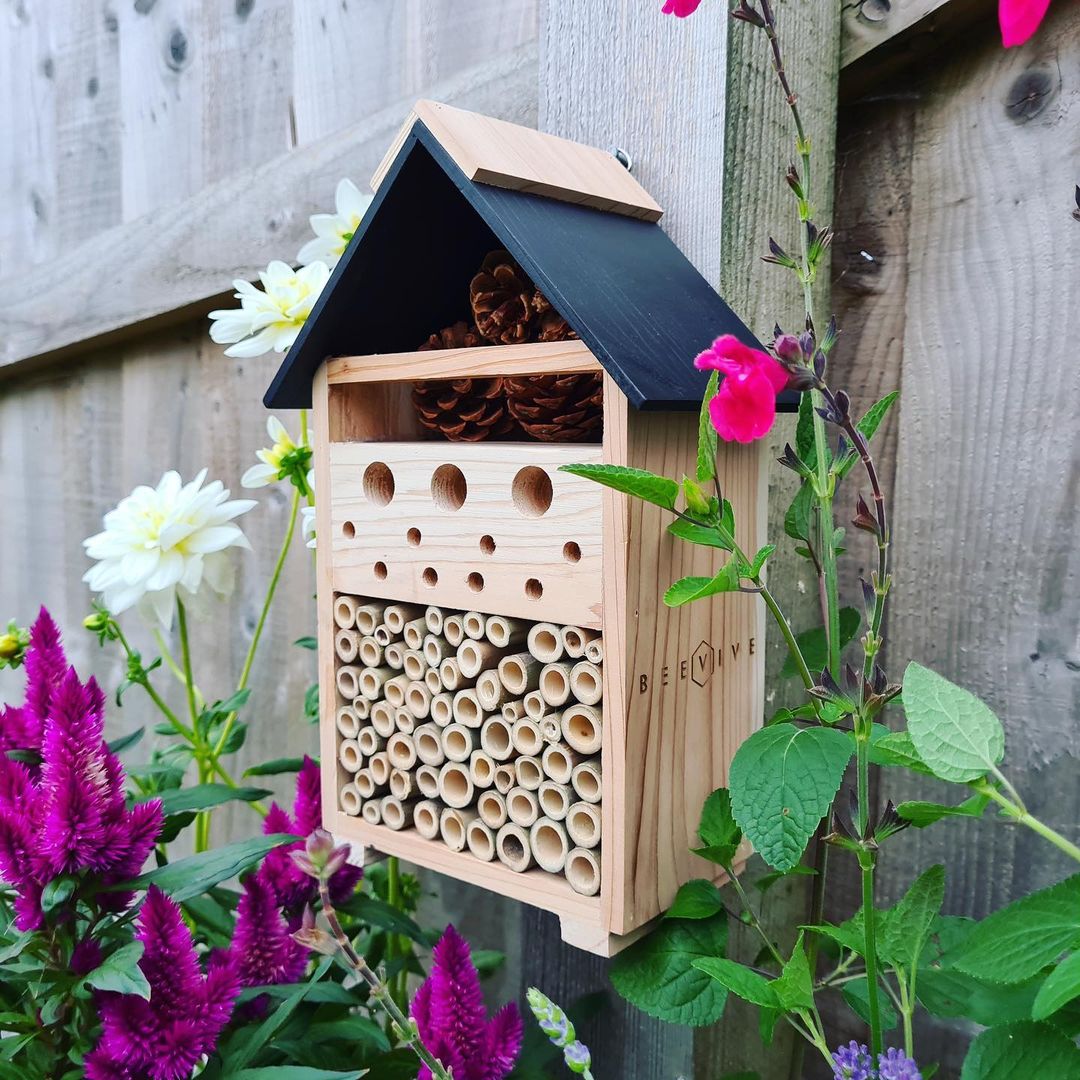
Give bees a cozy place to stay with a bee hotel! These tiny shelters provide the perfect spot for bees to rest and nest. Bee hotel from @ beevive_uk
3. Provide Nesting Sites
Support pollinators by providing nesting sites. Bees need places to lay eggs and raise their young. Create or buy bee hotels, leave bare soil for ground-nesting bees, and provide hollow stems and small brush piles for extra shelter. These spots help maintain a healthy pollinator population and a thriving garden ecosystem.
4. Engage and Observe
1. Monitor Your Garden
Watch which pollinators visit and how they interact with the plants. This can reveal what’s working and what might need improvement. If certain flowers attract more bees or butterflies, consider adding more of those varieties. Noting patterns can help you fine-tune your garden to better support these important creatures
2. Educate Others
Share the successes of your pollinator-friendly garden with friends and neighbors. Talking about its positive impact and beauty can inspire others to adopt similar practices. Offering tips on creating pollinator havens helps spread the benefits and fosters community support for local wildlife.
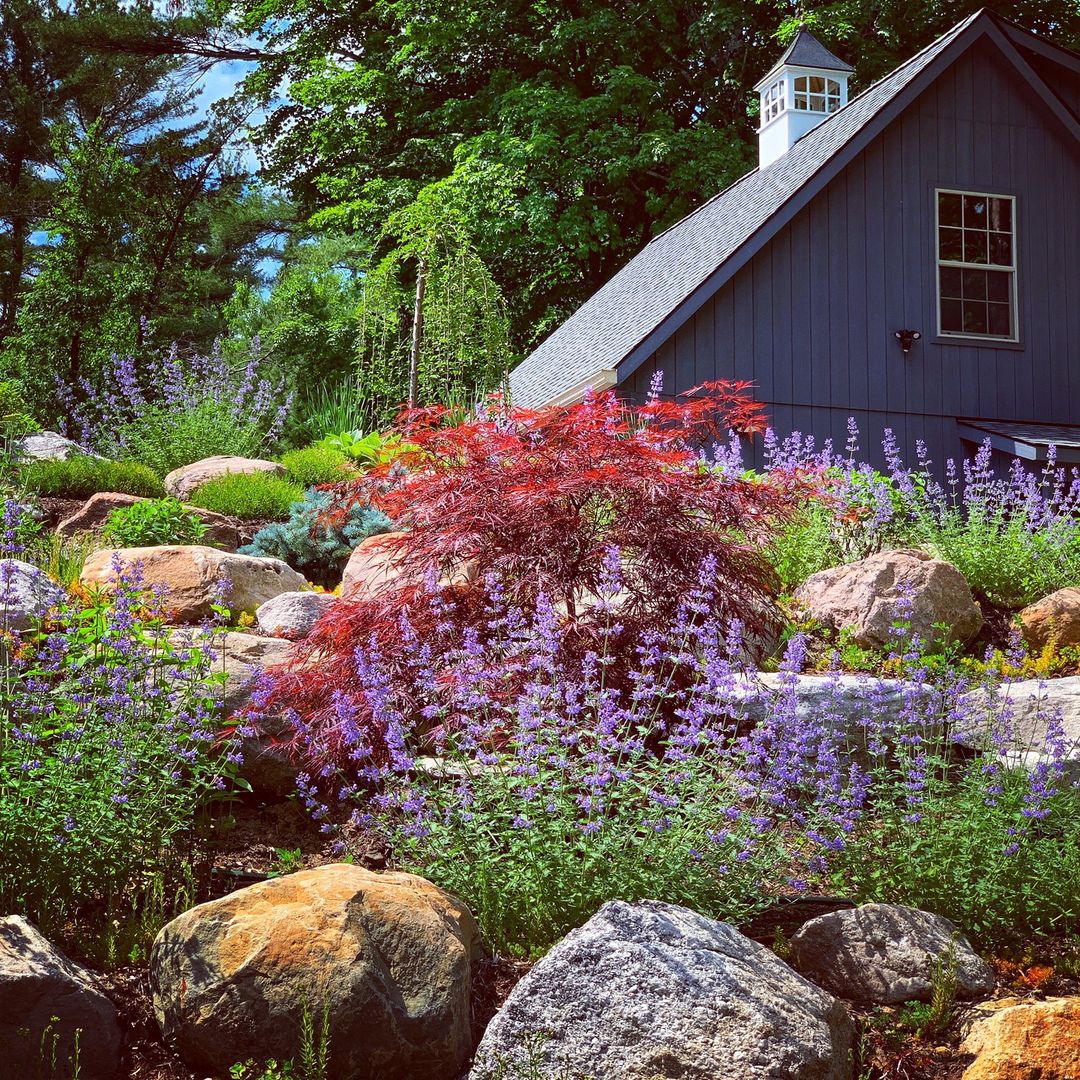
Maintaining a pollinator garden fosters a deeper appreciation for the environment and highlights the importance of biodiversity. Outdoor oasis from @ bloom_fine_gardening



